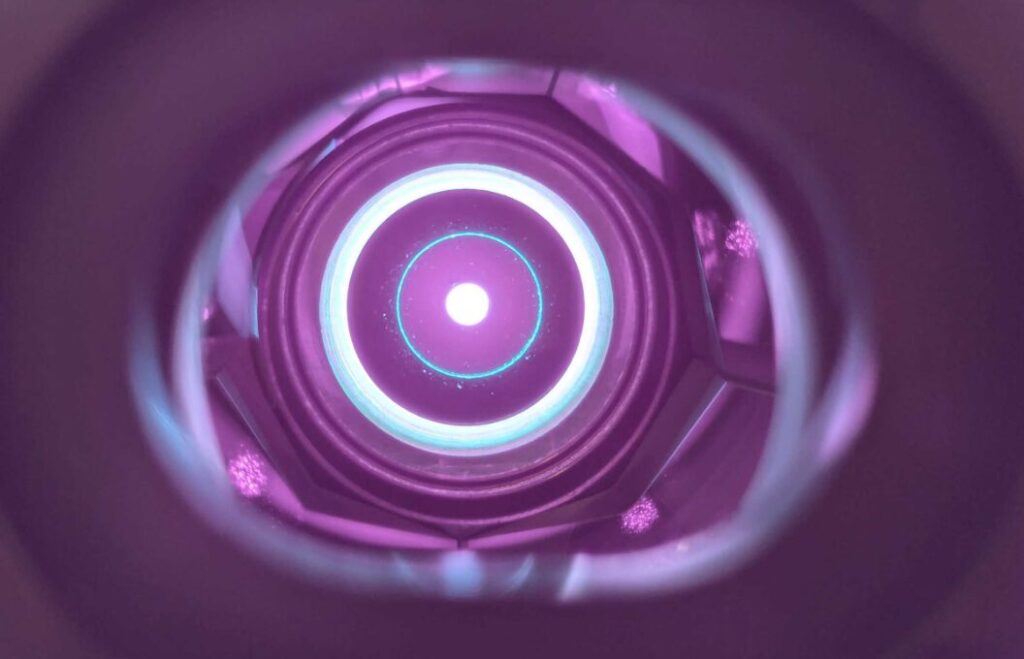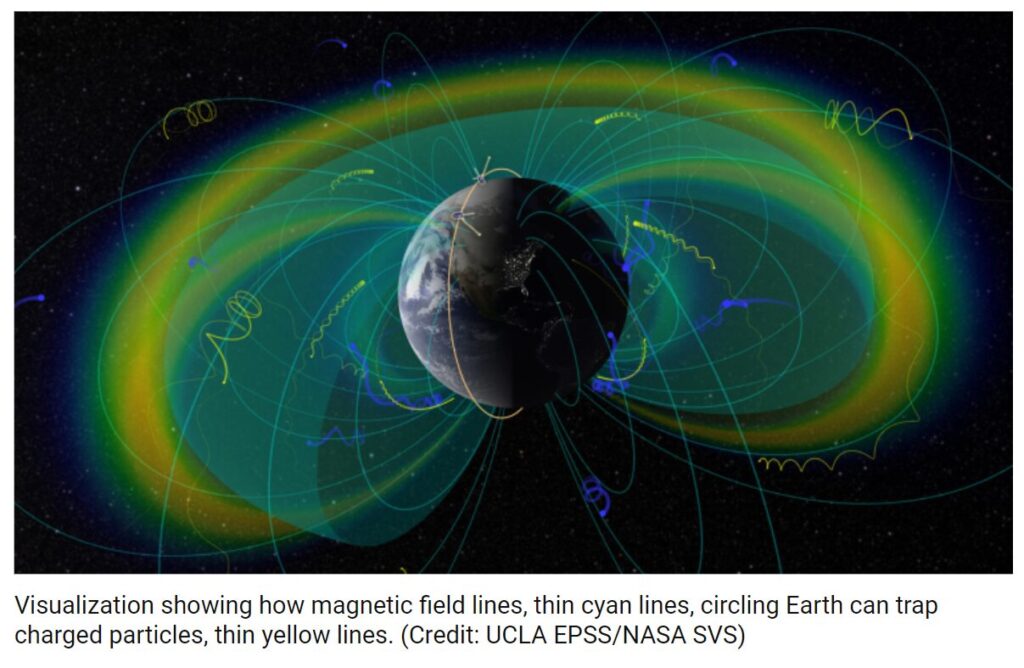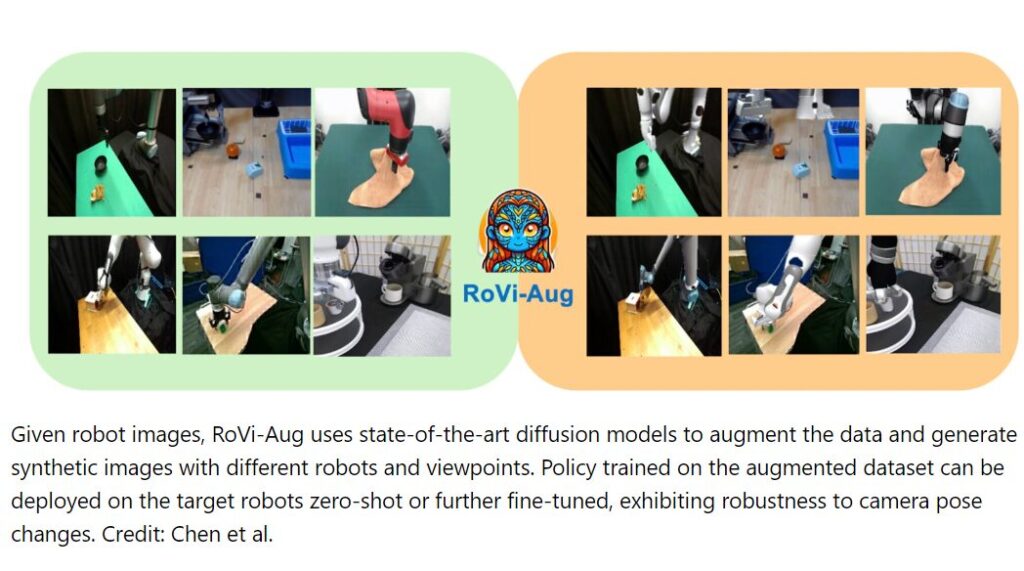
The word laser usually conjures up an image of a strongly concentrated and continuous light beam. Lasers that produce such light are, in fact, very common and useful. However, science and industry often also require very short and strong pulses of laser light.
These pulses can be used to machine materials or to create high harmonic frequencies up to X-rays, which can help to make extremely fast processes in the attosecond range (a billionth of a billionth of a second) visible.
A team of researchers at ETH Zurich led by Ursula Keller, professor at the Institute for Quantum Electronics,...
Read More









Recent Comments